Iliadis Publishes New Edition of “Nuclear Physics of Stars”
UNC physics professor Christian Iliadis publishes the second, enlarged edition of a textbook, entitled “Nuclear Physics of Stars”. The first edition, published in 2007, has been widely used by instructors for teaching classes on nuclear astrophysics and has become the … Read more

